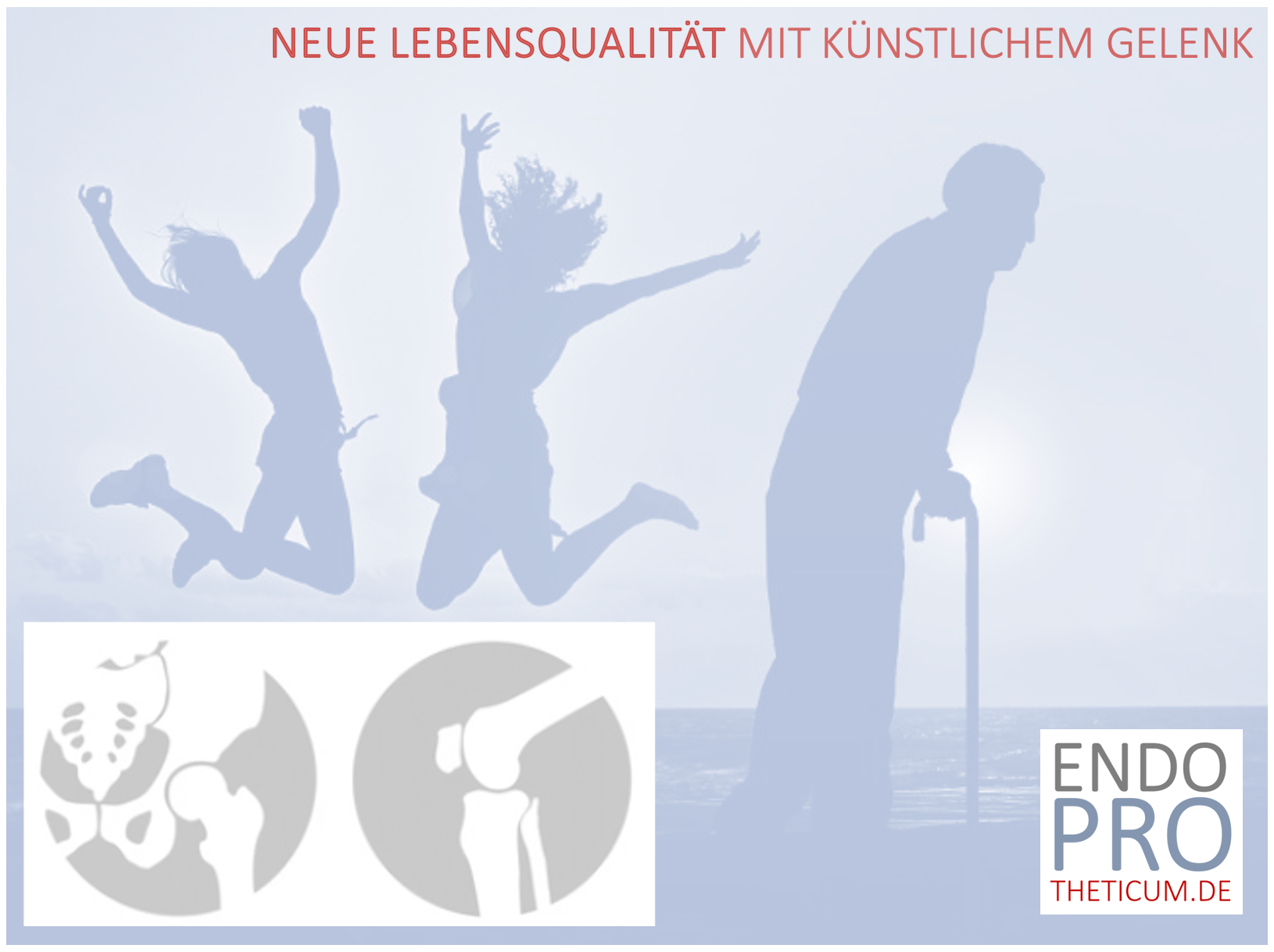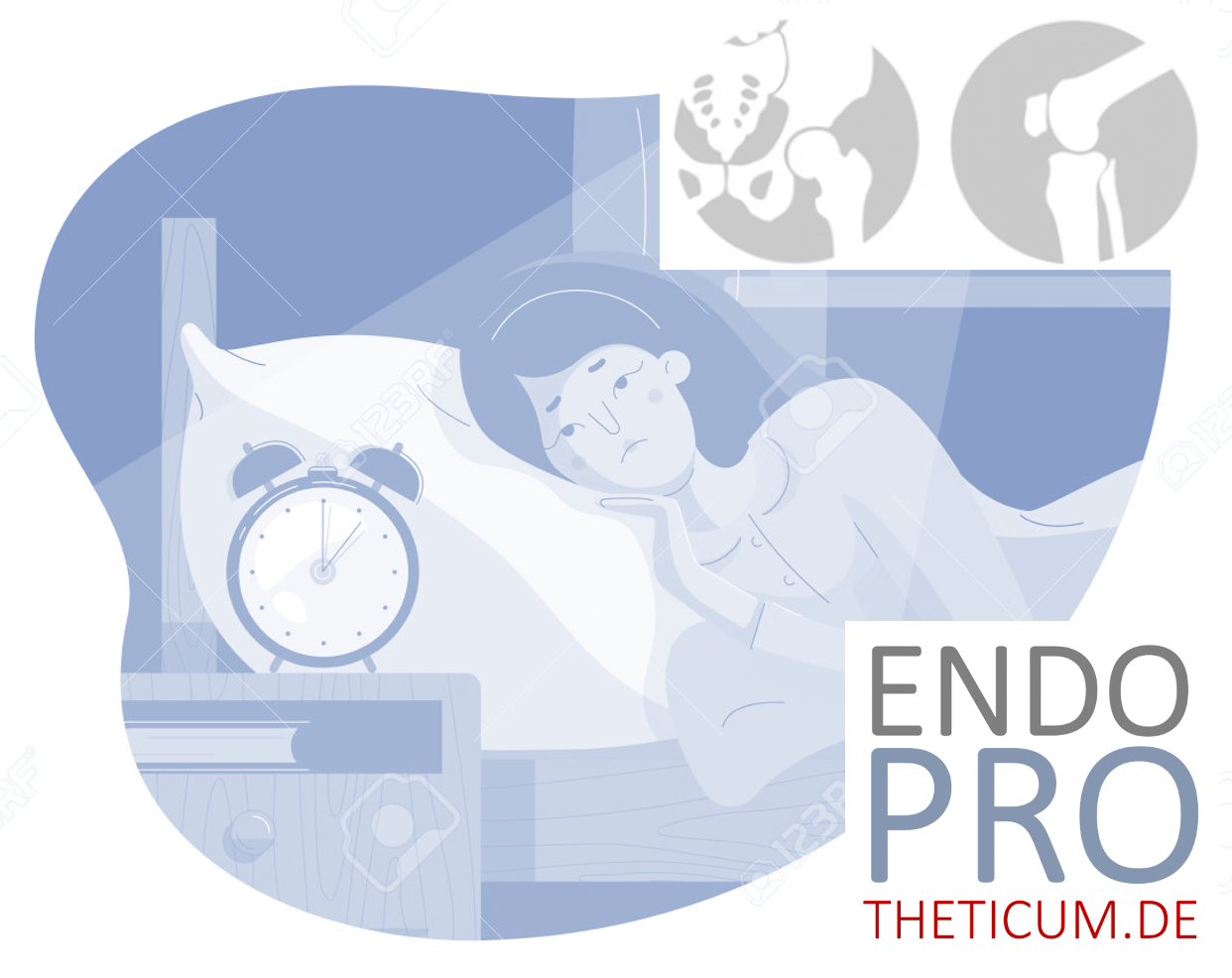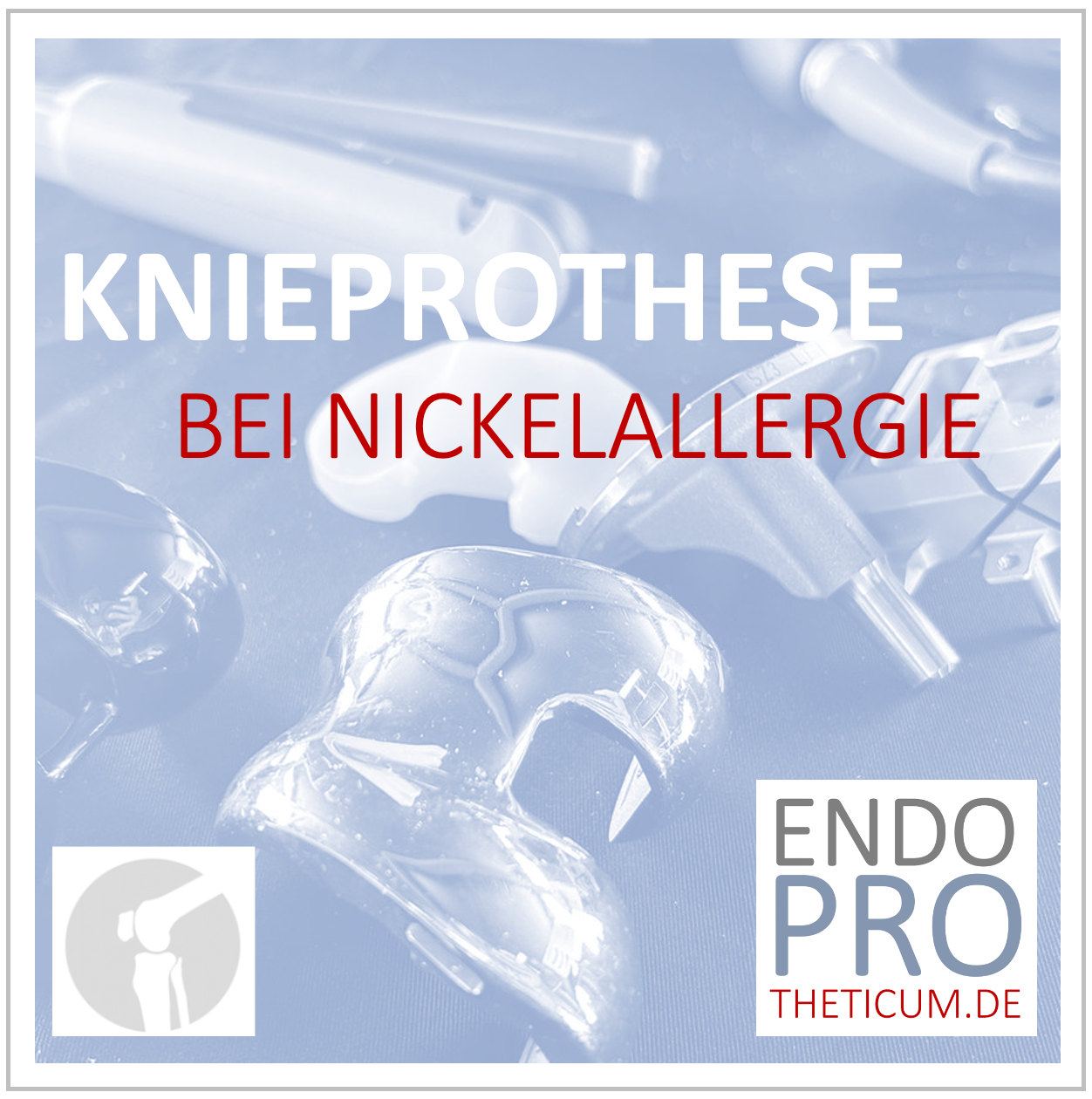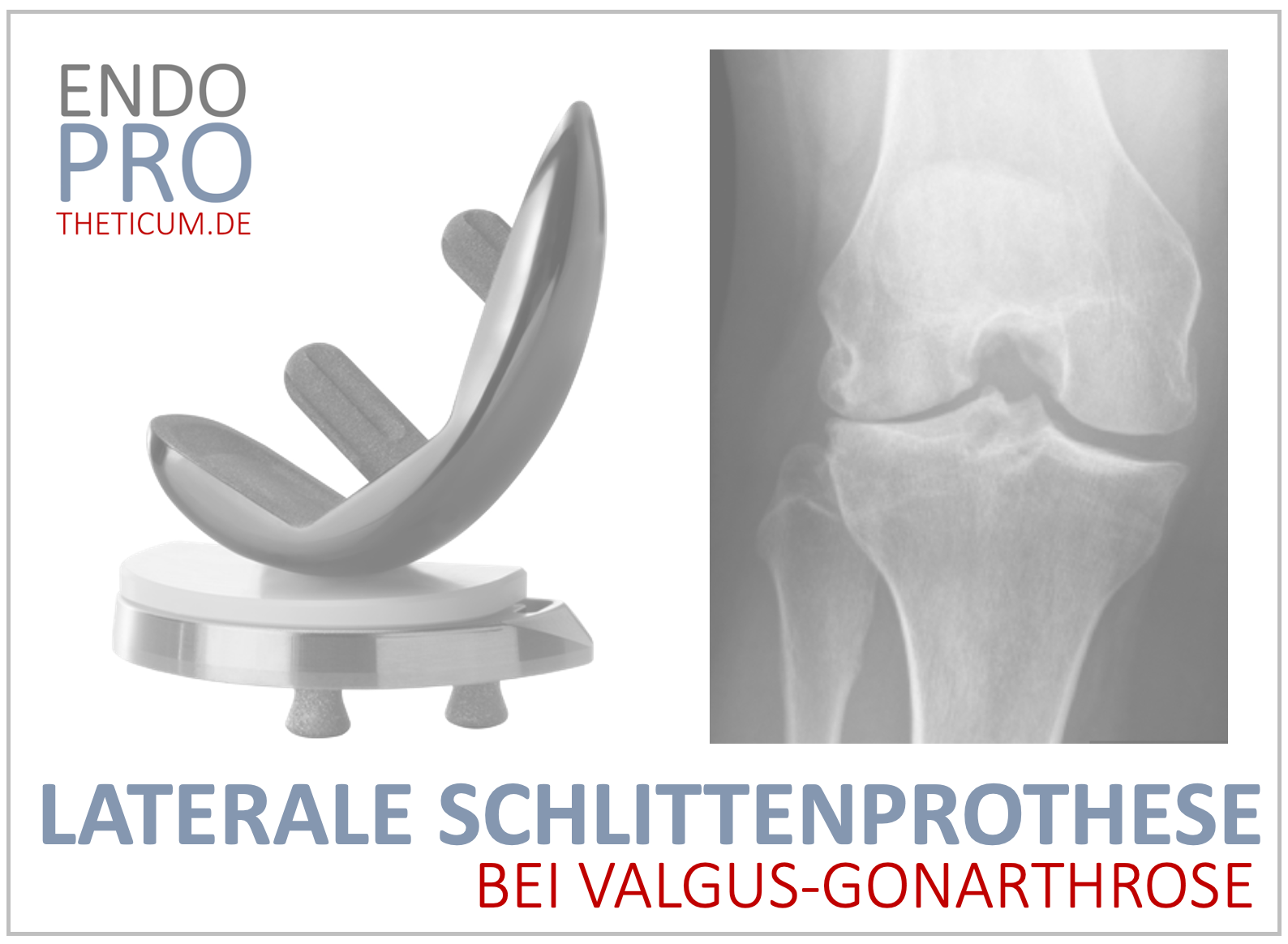Sitting after hip replacement (HIP) - How does it work?
How and when can one sit pain-free after hip replacement (HIP)?

Sitting is one of the most common postures in everyday life—at the dinner table, in the car, at work, or while watching television. After hip surgery, patients are often unsure: When is sitting safe again? Which sitting positions and chairs are suitable? Do I need to change anything at my workplace? This article answers these questions with evidence, explains typical time frames, offers specific chair recommendations, and explains why modern surgical techniques (including short-stem prostheses) usually do not permanently restrict sitting.
What is the initial period after a hip replacement like?
In modern programs, early mobilization begins immediately after surgery—often on the day of surgery or the first postoperative day. The goals are pain management, early mobility, prevention of complications such as thrombosis, and regaining independence. Patients are instructed to stand up, walk short distances, and practice sitting and standing techniques.
Important:
- Pain-free sitting is possible very early on — often as early as day 1 or 2, if stability allows it.
- However, depending on the surgical approach (AMIS/ALMIS, lateral, posterior), different precautions apply (e.g. no strong bending or crossing of the leg).
When can I sit normally again after hip replacement?
Time estimates are always individual—depending on surgical access, prosthesis type, age, comorbidities, and occupational stress. The following guidelines are derived from clinical patient information and publications from major orthopedic centers:
- Immediately (days 0–3): Sitting in an upright position (e.g., on a raised chair) is often possible on the day of surgery or on the first day. Short periods of sitting are closely supervised by physical therapy.
- Early phase (1–6 weeks): Daily sitting becomes increasingly tolerable; many patients sit regularly, but should avoid prolonged, rigid sitting and schedule breaks to stand or walk. Caution should be exercised with movements that involve significant hip flexion (>90°) or internal/external rotation.
- Return to sedentary work (2–6 weeks): For predominantly sedentary activities, a return is often possible after 2–6 weeks, depending on pain, ability to walk, and medical clearance.
- Full sitting tolerance (6–12 weeks and later): Comfort and sitting duration improve steadily up to 3 months; after 3–6 months, most patients no longer have any significant limitations when sitting. Individual differences exist.
Sitting in the various professional groups — when can who return to work?
Returning to work after hip replacement surgery depends largely on the type of work.
- Office/desk (predominantly sedentary): Many patients can return to work after 2–6 weeks , sometimes after just 1–2 weeks in a home office setting with adjusted working hours and an ergonomic chair. Recommendations: flexible working hours, regular breaks, and office chair adjustments.
- Light physical activity (e.g., salesperson, teaching position with moderate standing): Return after 6–8 weeks ; stresses such as prolonged standing, climbing stairs, or frequent standing must be taken into account.
- Heavy physical activity (e.g., trades, nursing, construction): Usually 8–12 weeks or longer , sometimes 3 months or more, before repetitive lifting or carrying work is permitted again. Individual consultation with the surgeon and rehabilitation center is required.
Which sitting positions are recommended after hip prosthesis
Recommendations may vary depending on the surgical approach (posterior approach: traditionally stricter avoidance of flexion and internal rotation; anterior approach: often fewer restrictions). General recommendations:
- Sit so that your hips are not lower than your knees – a slightly raised seat (cushion, pillow) is ideal.
- Use chairs with armrests to support yourself when standing up.
- Make sure you sit upright, distribute your weight evenly, and keep both feet flat on the floor.
- Stand up briefly every 30–60 minutes and walk a few steps to reduce stiffness and the risk of thrombosis.
- No strong hip flexion over 90° (e.g. sitting deeply on low chairs) in the first few days.
- No crossing of the legs (depending on the surgical technique) in the first few days.
- No sudden twisting movements when sitting or standing up in the first few days.
Chair types: advantages and disadvantages — which chair is suitable after hip replacement surgery?
Here is a practical overview of common chair types and their suitability after total hip surgery.
Ergonomic office chair (swivel, height-adjustable, lumbar support)
Advantages: Height adjustable (important: hips higher than knees), armrests make standing up easier, good back support for long periods of sitting.
Disadvantages: If incorrectly adjusted, it can be too low—use an additional seat cushion. Ideal for first-time users if adjusted correctly.
Dining chair (standard, without upholstery or with low seat height)
Advantages: Often stable seating, easy handling.
Disadvantages: Often too low; sitting too low can provoke hip flexion >90°—unsuitable in the early stages, except with a seat wedge.
TV armchair / armchair with deep seat
Advantages: Comfortable to recline.
Disadvantages: Often too low; getting up can be painful and stressful. Recommended: Chairs with a stand-up aid or extra seat cushion.
Chair with stand-up aid (electric)
Advantages: Supports controlled standing; especially helpful for those with limited strength.
Disadvantages: More expensive, may not be readily available—but very helpful in the early postoperative phase.
Stool / Bar stool / Saddle stool
Advantages: High seat height prevents excessive hip flexion.
Disadvantages: No backrest → not suitable for extended sitting; difficult for older patients to stand up.
Office chair with tilt function & good lumbar support
Advantages: Dynamic sitting promotes blood circulation; good adjustment reduces pain during prolonged sitting.
Disadvantages: Requires professional adjustment (professional ergonomics advice can help).
Practical tip: During the first 6-8 weeks, sit on a raised, stable seat with armrests (use a seat cushion if necessary) and get up regularly.
Sitting aid after hip prosthesis
- Seat cushion/wedge cushion: Increases seat height and reduces hip flexion. Very useful in cars or on low chairs.
- Armrests: Facilitate the transfer from sitting to standing.
- Desk height adjustment: Ergonomically adjust so that your forearm is horizontal while typing; the screen is at eye level.
- Footrest: If the chair is raised, a footrest may be necessary to relieve pressure on the thighs.
- Standing aids: Highly recommended for older or weaker patients.
Short-stem prosthesis: Why it can positively influence sitting
Short-stem prostheses (short-stem TKAs) are characterized by a shorter femoral stem and are often combined with minimally invasive approaches. Advantages in terms of function and early mobility:
- More gentle bone and soft tissue protection due to a smaller shaft and often shorter access; this can improve early mobility and thus seating comfort.
- Better kinematics : Some studies/clinical experience report a more natural hip movement after short-stem implants — this can also have a positive effect when sitting.
- Minimally invasive approach possible: Less muscle injury → faster recovery and quicker return to everyday activities such as sitting.
Important: Short-stem prostheses are not automatically the best choice for all patients. Decision criteria include bone quality, anatomy, and individual lifestyle. An experienced hip specialist makes the selection.
Modern minimally invasive techniques: Sitting is rarely permanently restricted
Thanks to modern surgical techniques, optimized pain management, and fast-track programs, permanent limitations in sitting are now the exception. Most patients report that after the initial healing phase (6–12 weeks), sitting no longer represents a significant limitation. This progress is linked to early mobilization protocols and gentle approaches. Mayo Clinic+1
Nevertheless, individual comorbidities (e.g. obesity, severe osteoporosis, neurological problems) change the prognosis — individual advice is important here.
Practical step-by-step instructions: How to sit and stand safely after hip replacement surgery
- Preparation: Raise the seat (cushion), stable armrests, non-slip surface.
- Sitting down: Keep your back straight and extend the operated leg slightly forward (do not bend it sharply). Sit down slowly and with control, and avoid twisting while sitting.
- Standing up: Push yourself forward to the edge of the chair, lean on the armrests with both hands, and push yourself up—do not jerk the operated leg forward.
- Short breaks: Avoid >45–60 minutes at a time in the first few weeks; get up and walk briefly in between.
- Driving: Usually possible after 4–6 weeks, depending on pain relief and responsiveness; precise approval from the surgeon is required.
Special situations: Air travel, driving, long meetings, cinema
- Air travel/long periods of sitting in cramped seats: Only after medical clearance and usually after a few weeks. Long periods of sitting increase swelling/thrombosis risk. Thrombosis prophylaxis, compression stockings, and regular standing are recommended. For air travel, hospitals recommend individual assessment.
Driving: Usually 4–6 weeks, depending on responsiveness and pain relief; for legal certainty,
a height-adjustable, stable chair with armrests and good lumbar support is recommended; if necessary, an additional seat cushion for elevation.
Conclusion: Sitting after hip replacement is often no problem
Sitting is one of the quickest daily functions to regain after a hip replacement. Thanks to modern surgical techniques and rehabilitation programs, lasting limitations are rare. For a tailored decision (e.g., short-stem prosthesis, surgical access, return to work), specialist consultation is worthwhile.
If you would like a personalized assessment, please schedule a consultation at the Endoprotheticum Rhein-Main under the direction of Prof. Dr. Karl Philipp Kutzner. There, you will receive a personalized analysis, surgical recommendations, and a customized rehabilitation plan. ( www.endoprotheticum.de )
MAKE AN APPOINTMENT?
You are welcome to make an appointment either by phone or online .



























